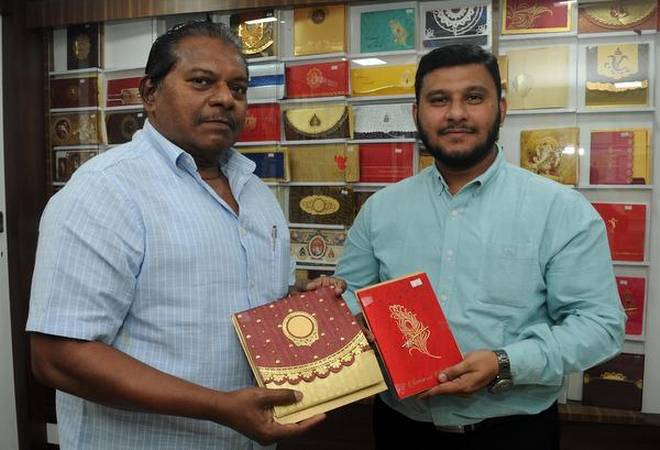Madras / Bangalore (KARNATAKA ) :
Sir C V Raman had planned to set up a scientific institute in 1959 on a four-acre land in Madras.

Bengaluru:
A research institute – complete with a lab, a science museum, a science library, a lecture hall and office rooms – was late Nobel laureate Sir C.V. Raman’s idea of giving something back to Madras (Chennai), a city where he commenced his scientific career, and to make a “distinct contribution” to the scientific life of the city, but it has remained an unfulfilled dream.
Sir Raman planned the second institute in 1959, 11 years after establishing Raman Research Institute (RRI) in Bengaluru, on a four-acre land parcel owned by him in Mylapore (Madras), where “scientific work of the highest standard could be carried on”. He estimated that the research institute could be built with a budget of a couple of lakhs of rupees and carry on work with a minimum recurring expenditure of Rs 2,000 a month. “My confidence in the usefulness of the proposed institute is indicated by my preparedness to find from other sources one half of the capital expenditure proposed and also to meet one half of the recurring expenditure necessary for the next five years. If the Government of Madras could see their way to make an equal contribution, the construction of the institute could be immediately taken up and proceeded with,” states the renowned physicist’s letter dated August 18, 1959, to the late C. Subramaniam, minister for finance education, Government of Madras, unearthed by Deccan Chronicle on the eve of National Science Day, observed on February 28 to mark the discovery of ‘Raman Effect.’
Subsequent correspondence between Mr Subramaniam and Sir Raman point at the state government’s willingness to support the proposed institute, but with a suggestion that the Nobel laureate write to the Union government for non-recurring expenditure of the project. “I may say, however, that subject to the condition that the assistance to be given by the Government of India, if any, will be taken into account in fixing the actual grant, this Government will be willing to meet a maximum of half the non-recurring cost of establishing the research institute and to make a suitable annual recurring grant for five years in the first instance,” reads the late Mr Subramaniam’s reply.
With the erstwhile Madras government listing several conditions as part of the grant-in-aid code for half grant towards construction of the institute and repeated suggestions for securing the Union government’s financial support, Sir Raman’s subsequent letter to Mr Subramaniam points at his reluctance to seek help from New Delhi. “My past experience and present knowledge of the attitude of the Central Government in matters concerning scientific research alike indicate that any application for a building grant made to that Government for the proposed institute would be met with a refusal. Not until the institute has been fully established and proved itself useful would the Central Government feel at all inclined to extend a helping hand to it,” mirrors his disinclination to write to the Centre.
Sources in RRI Trust said Sir Raman had adopted a similar stand vis-à-vis RRI and the Union government. “It was only after Sir Raman’s demise that the Union government offered aid to RRI, and the Trust invited his son Prof V Radhakrishnan to head RRI,” sources added.
Sir Raman came to the rescue of Dewan Ismail
Another set of letters, exchanged between Sir Raman and Sir Mirza Ismail, the Dewan of Mysore, in 1939, illustrates how the Nobel laureate rushed to support the latter in the wake of an article published in “The Hindu Outlook”, accusing the Dewan of favouring Muslims in appointments in Mysore state.
Sir Raman has clarified that he was not sent out of Mysore, but came from Calcutta to Bangalore in 1933, and received support from the Dewan for his scientific work.
“Throughout this period, I have received nothing but kindness and consideration from Sir Mirza Ismail on all occasions, and indeed I have had reason to feel most grateful for the fact that he has held the high office of Dewan of Msyore during these years,” reads Sir Raman’s letter in response to an article published by Krishna Lal Anand in “The Hindu Outlook” on September 14, 1939, with a headline “Muslim Dewan over Hindu state.”
source: http://www.deccanchronicle.com / Deccan Chronicle / Home> Lifestyle> Viral and Trending / by B R Srikanth, Deccan Chronicle / February 28th, 2017
















